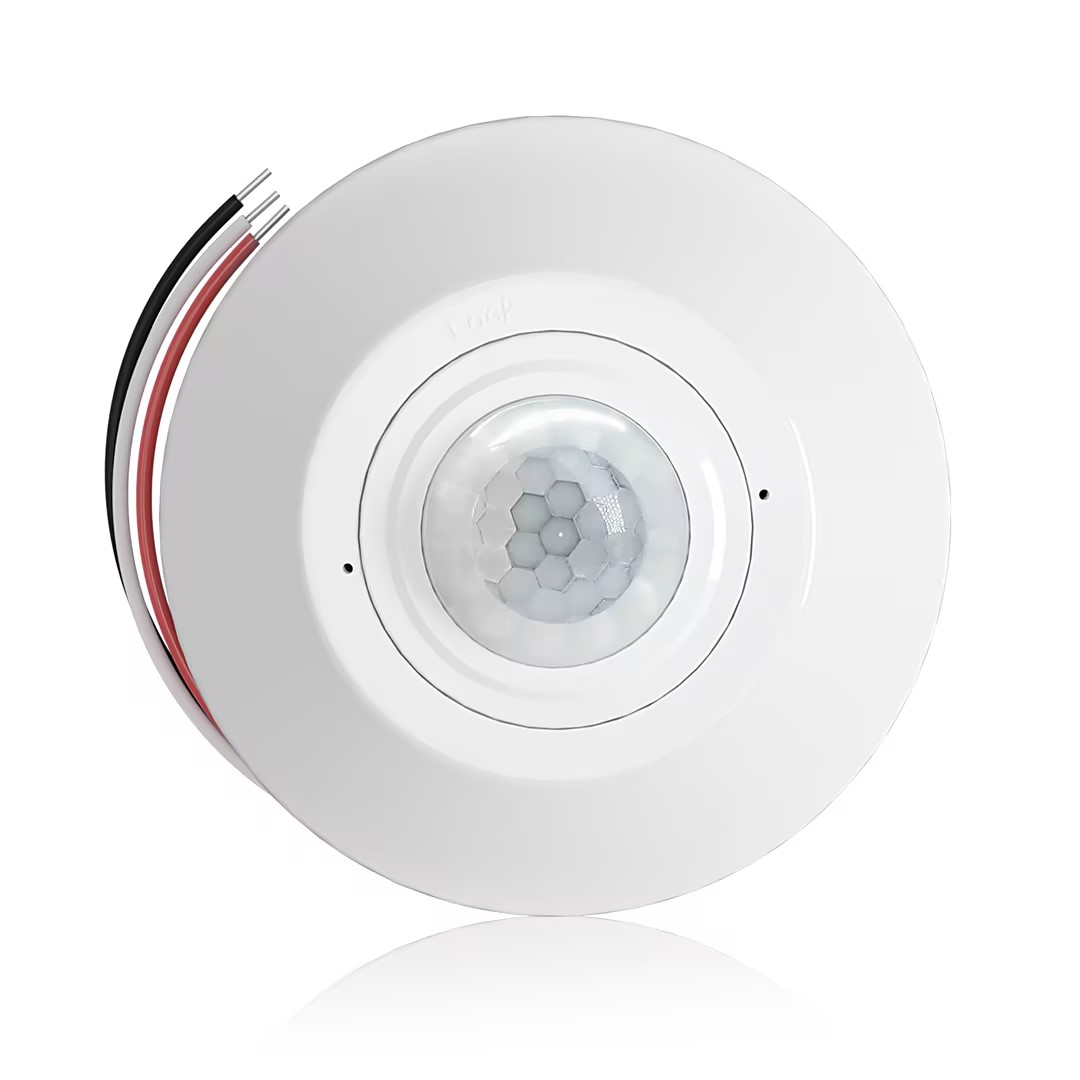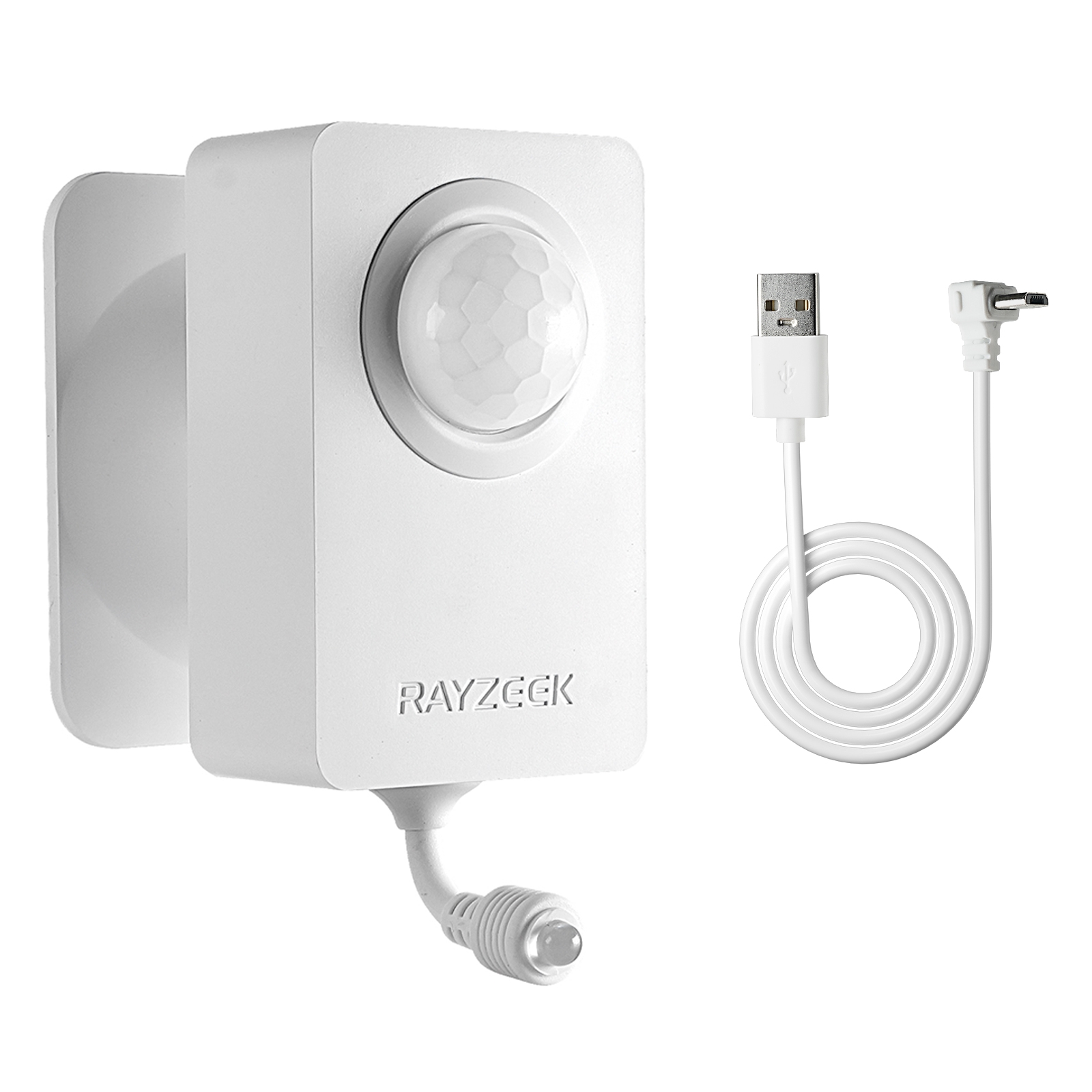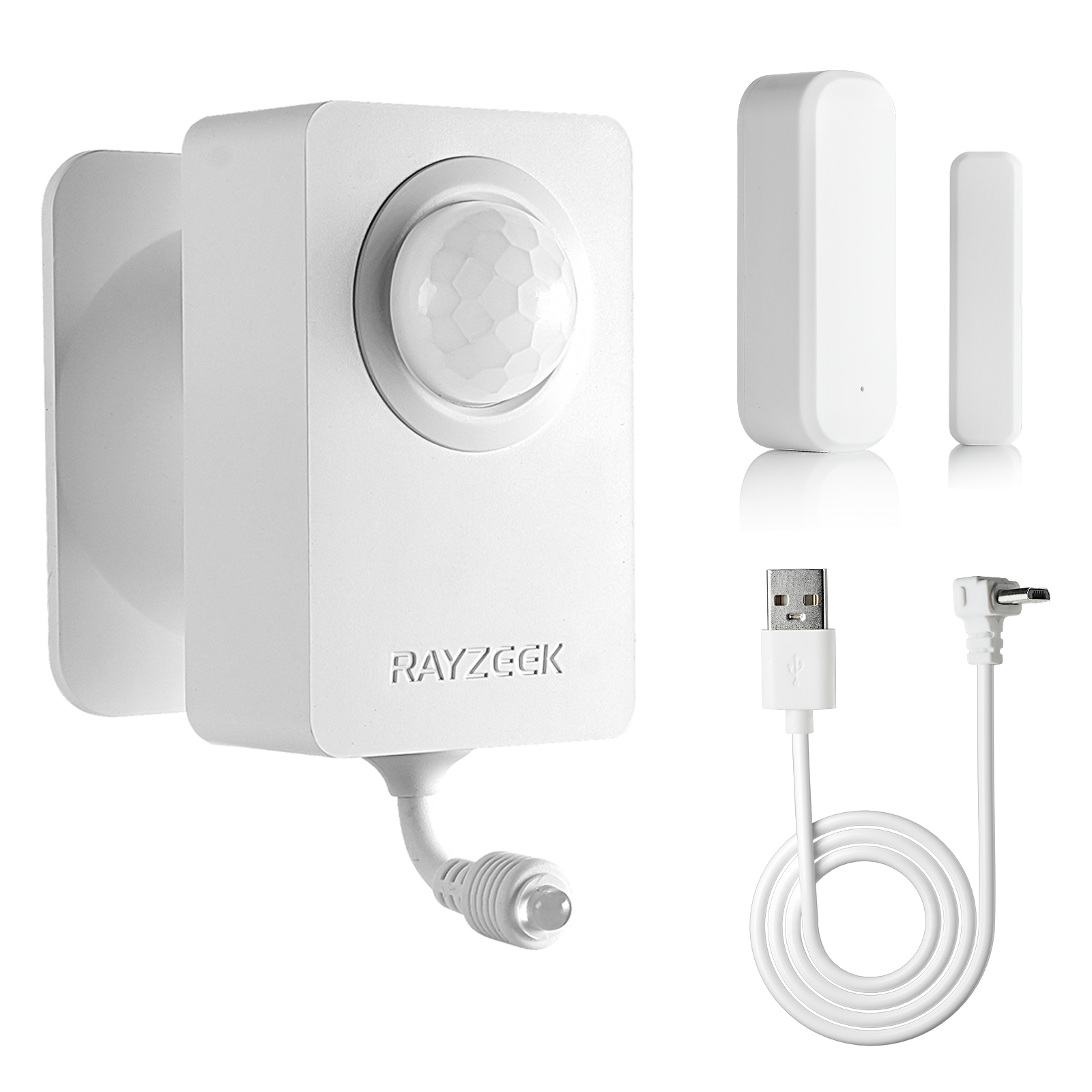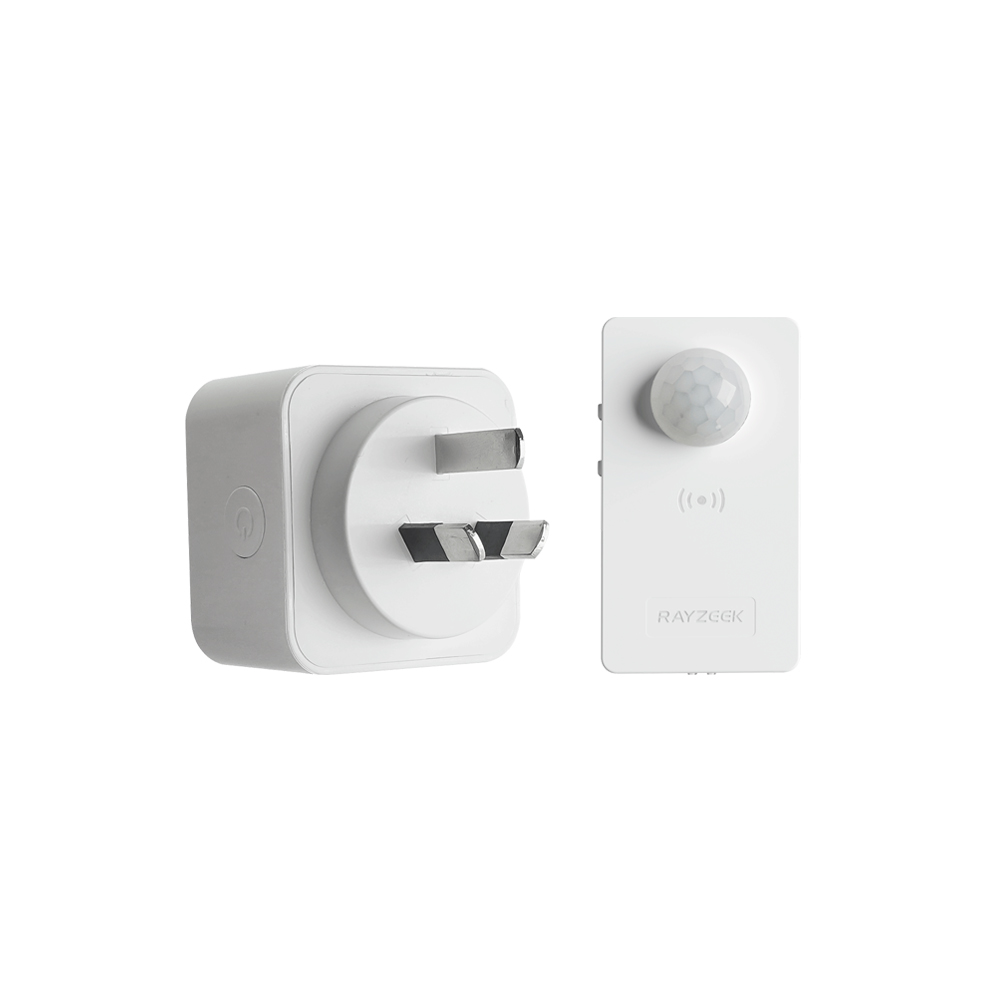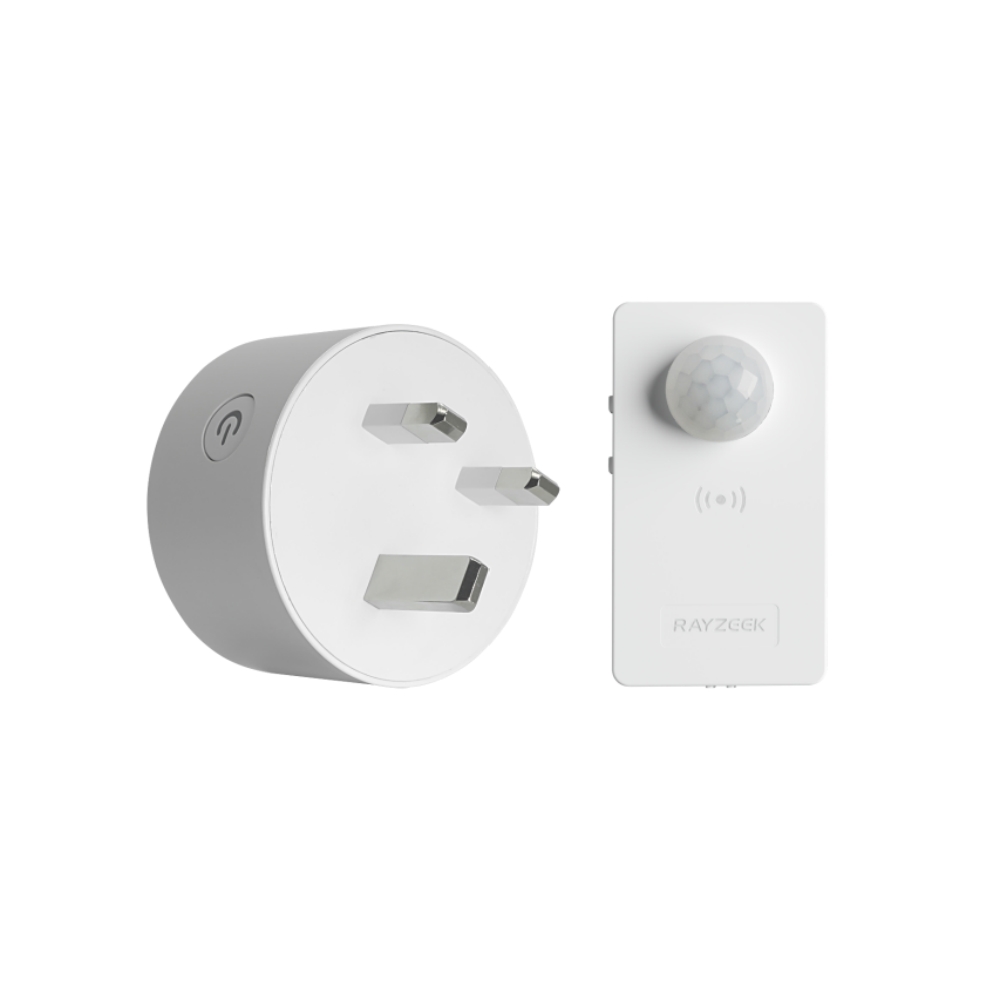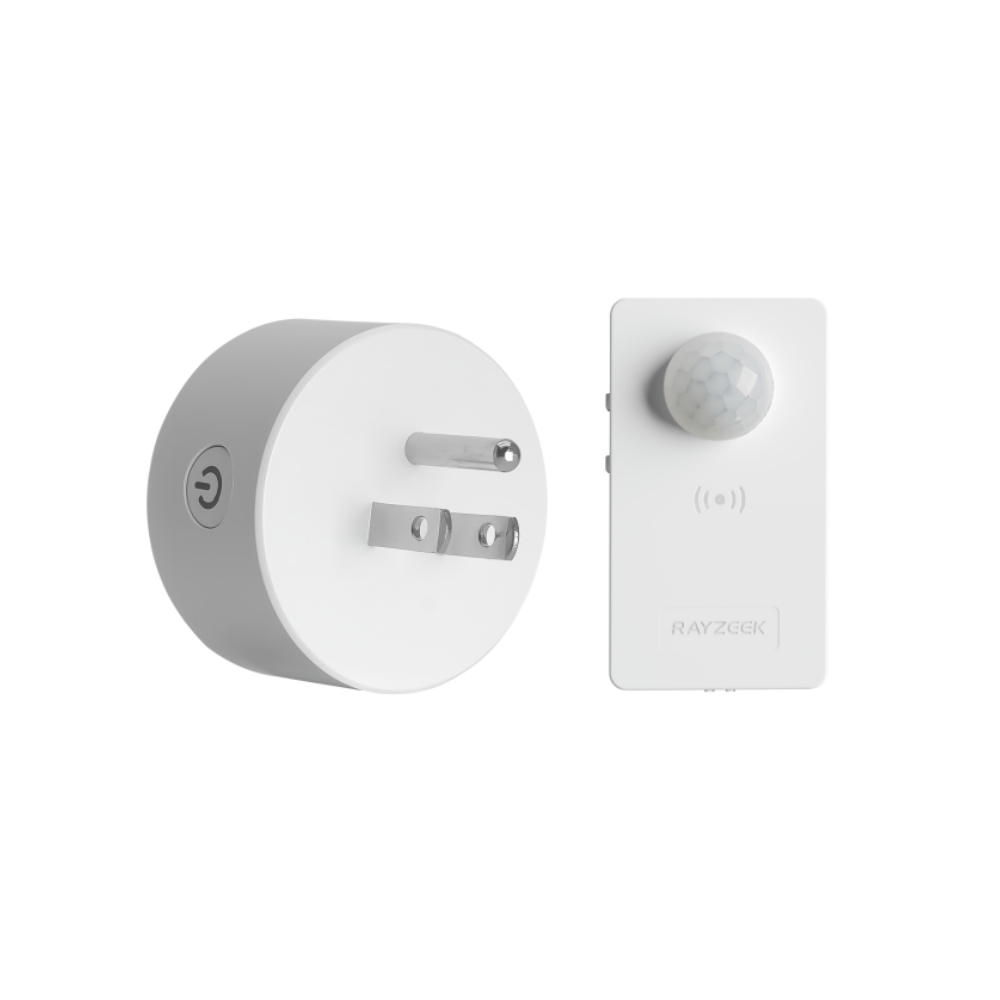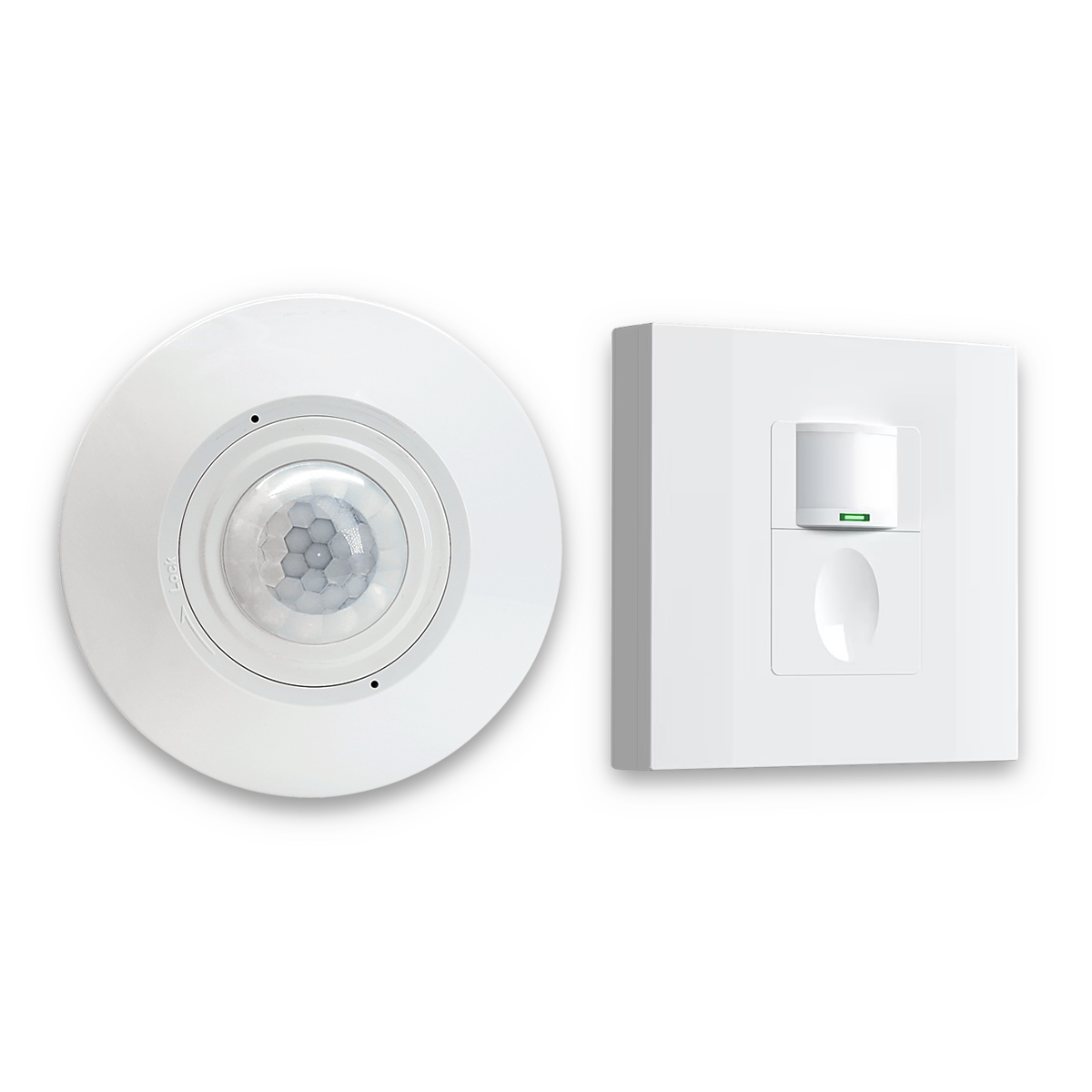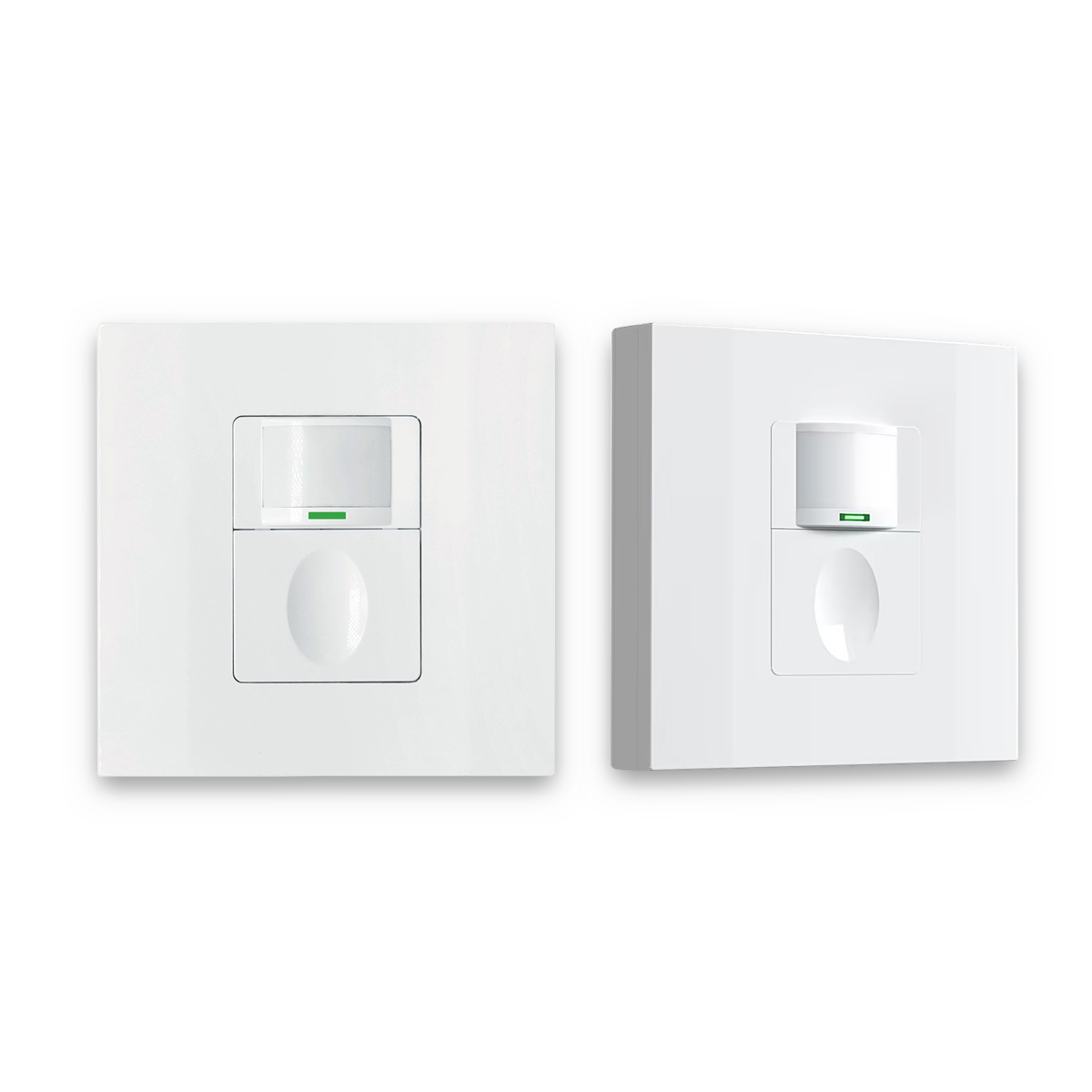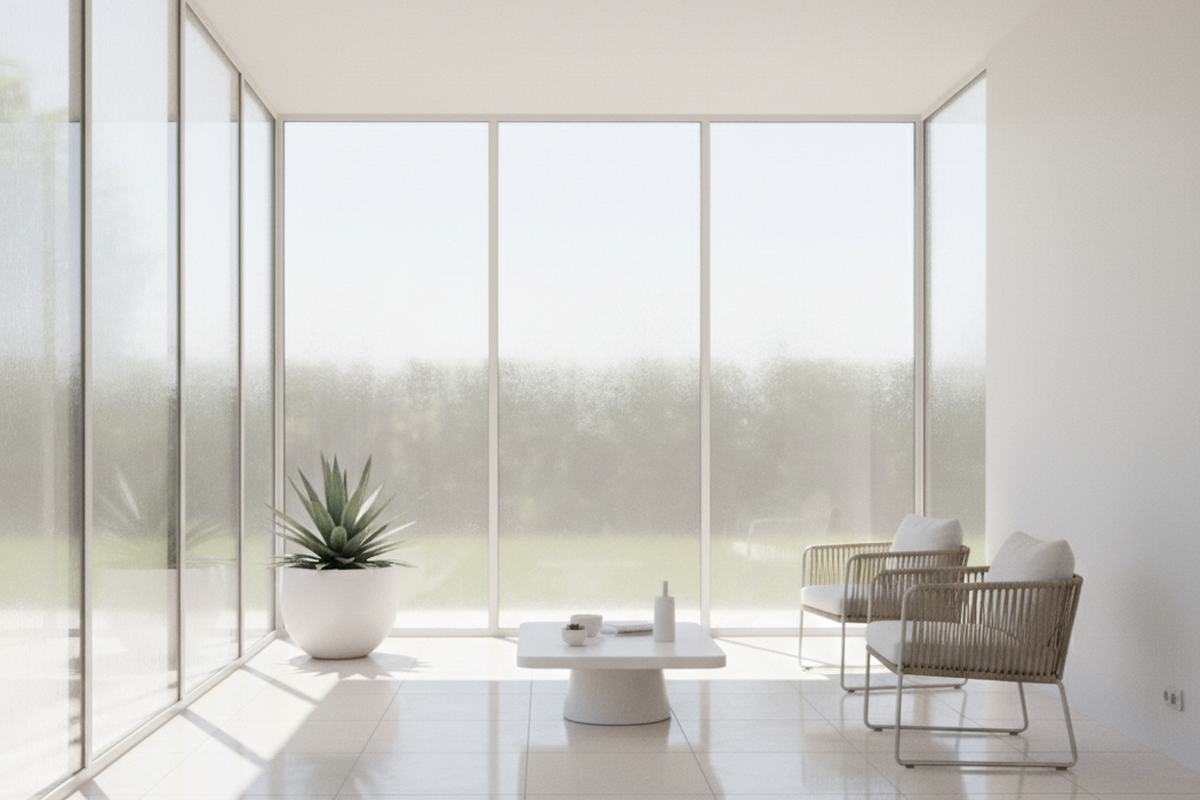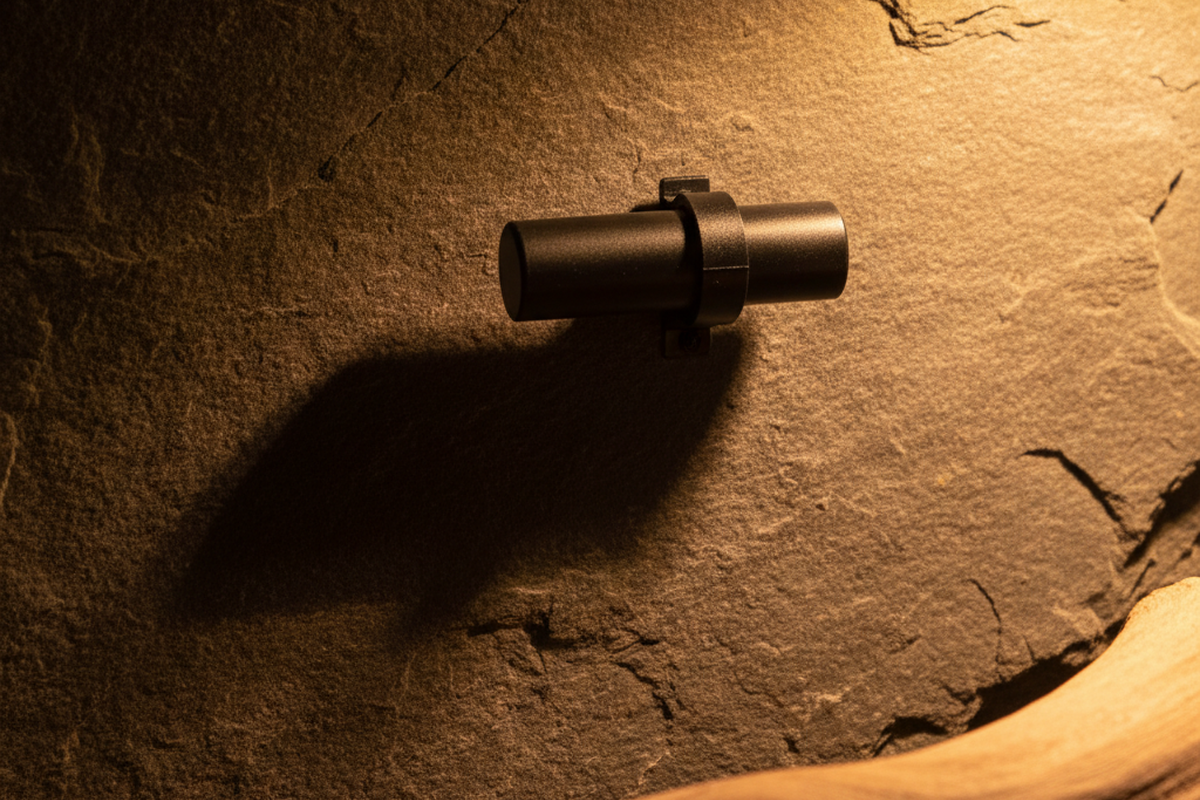What is Layering Light
Layering light creates a visually appealing and functional lighting design by combining different types of light sources and controlling them separately. This technique involves the use of three lighting techniques: a base layer, accents, and the integration of natural light.
The base layer provides overall illumination and sets the general mood of a room. It can be achieved through the use of overhead fixtures, such as chandeliers or recessed lights, and helps to create a comfortable and inviting atmosphere.
Looking For Motion-Activated Energy-Saving Solutions?
Contact us for complete PIR motion sensors, motion-activated energy-saving products, motion sensor switches, and Occupancy/Vacancy commercial solutions.
Accents, on the other hand, are used to highlight specific objects, architectural features, or artwork within a space. They add visual interest and create focal points. Accent lighting can be achieved through the use of track lighting, wall-mounted fixtures, or adjustable spotlights.
Layering Light also takes into account the natural light in a room, such as sunlight from windows or the effect of streetlamps at night. It involves integrating natural light with artificial light sources to create a balanced and harmonious lighting design.
Maybe You Are Interested In
By combining these different layers of light, designers can create a dynamic and visually appealing lighting scheme that enhances the functionality and aesthetics of a space. Layering Light allows for flexibility in adjusting the lighting levels and creating different atmospheres for different activities or occasions.


